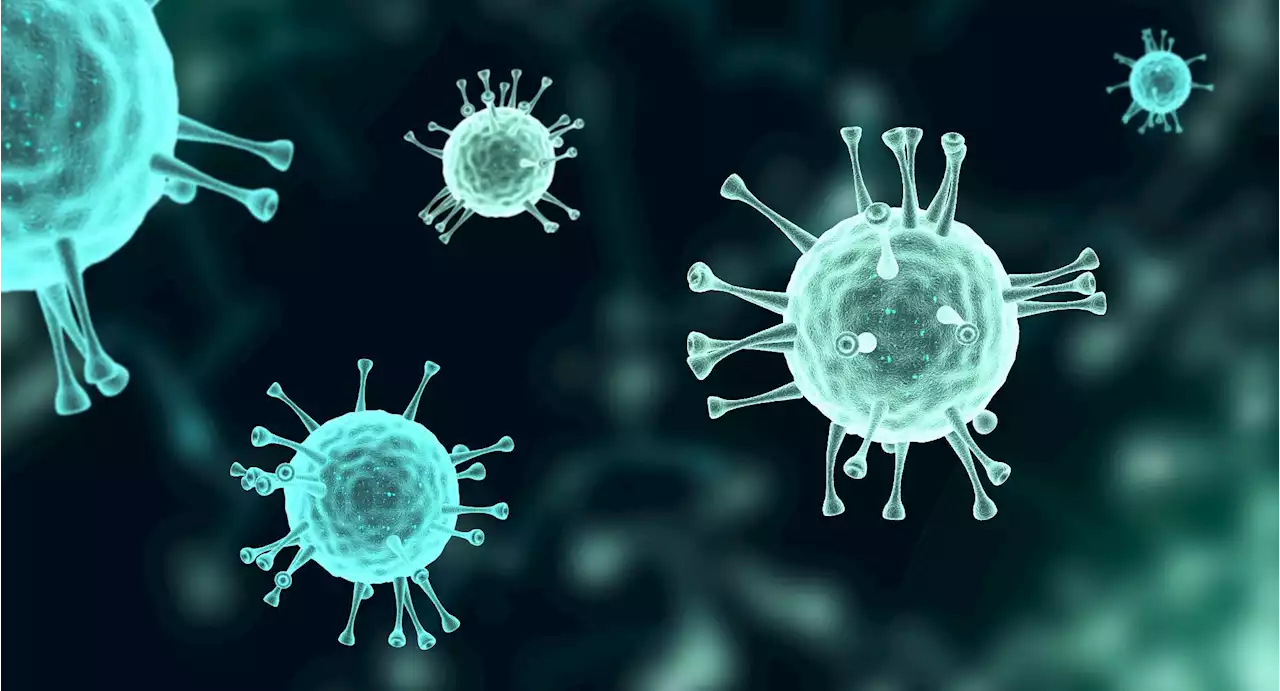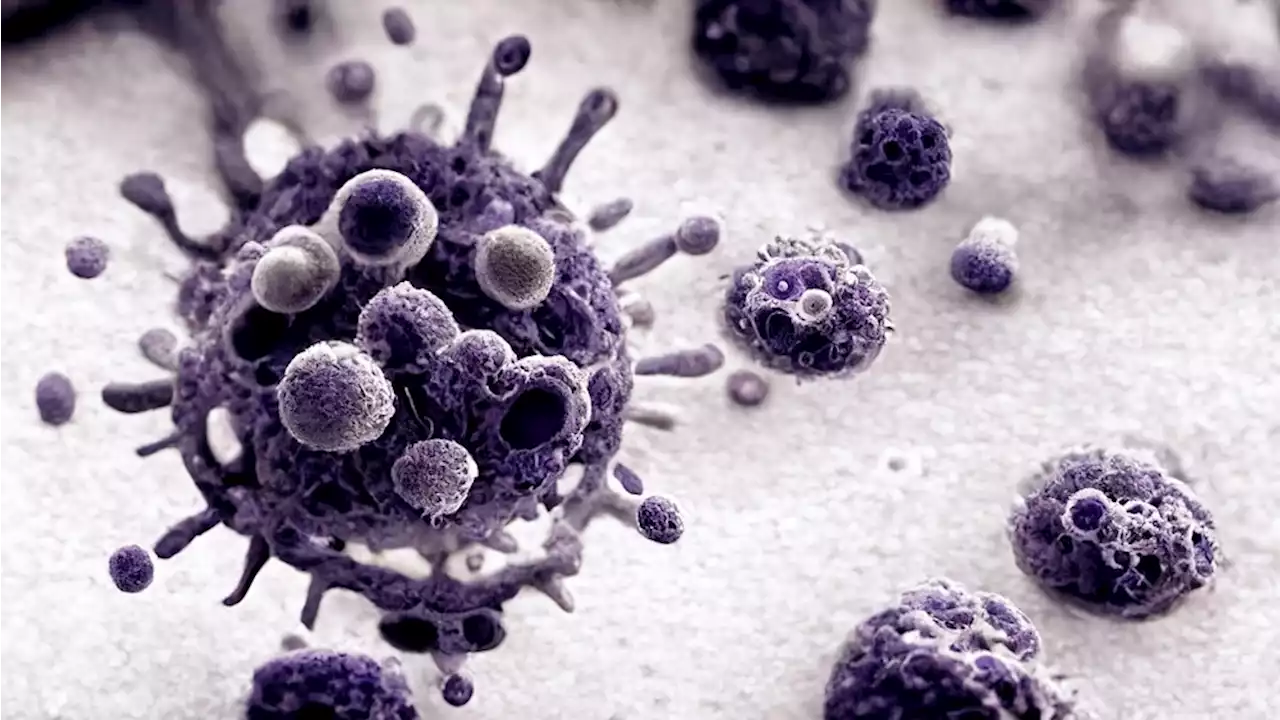Antibody escape mutations of SARS-CoV-2 BA.2.75 Antibody Coronavirus Disease COVID Omicron SARSCoV2 cellhostmicrobe OhioState
By Dr. Liji Thomas, MDOct 4 2022Reviewed by Benedette Cuffari, M.Sc. The coronavirus disease 2019 pandemic caused great havoc worldwide, directly through its impact on human health and because of the non-pharmaceutical measures implemented to mitigate its spread.
Introduction Among the various SARS-CoV-2 variants detected, the most notable were often immune escape variants capable of causing reinfection and breakthrough infections following natural infection and vaccination, respectively. Other variants capable of faster and wider transmission or more virulent disease have been referred to as SARS-CoV-2 variants of concern .
BA 2.75 is now spreading in Southeast Asia; however, it has also been identified in other countries worldwide. This subvariant comprises nine spike mutations, several of which reside in the receptor binding domain , which may drive its immune escape characteristics. Related StoriesConversely, one booster dose appeared to restore neutralizing capacity against Omicron, irrespective of the subvariants. However, the neutralizing response was five-fold weaker against BA.2.75 compared to D614G and four-fold weaker against BA.2 and BA.2.12.1. Despite this, BA.2.75 was neutralized more potently than BA.4 or BA.5, which showed 10-fold escape as compared to D614G.
The researchers identified the G446S and N460K mutations, as well as the reversion mutation R493Q, as responsible for enhanced nAb escape with BA.2.75 compared to BA.2. R493Q restores the neutralizing epitopes, at least in part, to the BA.2.75 compared to their loss in BA.2. Structural modeling showed the potential modes by which these key mutations affected the structure and interactions of the spike ectodomain or the RBD in the BA.2.75-receptor complex as compared to the BA.1/BA.2 spike-receptor complexes.
United Kingdom Latest News, United Kingdom Headlines
Similar News:You can also read news stories similar to this one that we have collected from other news sources.
 What is the COVID-19 mRNA-1273 vaccine effectiveness against SARS-CoV-2 Omicron sub-variants?What is the COVID-19 mRNA-1273 vaccine effectiveness against SARS-CoV-2 Omicron sub-variants? medrxivpreprint KPSCALnews COVID19 SARSCoV2 Omicron VOC mRNA Vaccine
What is the COVID-19 mRNA-1273 vaccine effectiveness against SARS-CoV-2 Omicron sub-variants?What is the COVID-19 mRNA-1273 vaccine effectiveness against SARS-CoV-2 Omicron sub-variants? medrxivpreprint KPSCALnews COVID19 SARSCoV2 Omicron VOC mRNA Vaccine
Read more »
 Are infants younger than six months at higher risk of SARS-CoV-2 infections?In a recent study posted to the medRxiv* preprint server, a team of researchers in the United States examined the incidence and associated characteristics of medically attended coronavirus disease 2019 (COVID-19) episodes in infants below six months of age.
Are infants younger than six months at higher risk of SARS-CoV-2 infections?In a recent study posted to the medRxiv* preprint server, a team of researchers in the United States examined the incidence and associated characteristics of medically attended coronavirus disease 2019 (COVID-19) episodes in infants below six months of age.
Read more »
 Can you shed infectious SARS-CoV-2 virions even if COVID vaccinated?Researchers in the United States published a study in the journal PLOS Pathogens that examined the shedding of infectious severe acute respiratory syndrome coronavirus 2 (SARS-CoV-2) virions despite vaccination against it.
Can you shed infectious SARS-CoV-2 virions even if COVID vaccinated?Researchers in the United States published a study in the journal PLOS Pathogens that examined the shedding of infectious severe acute respiratory syndrome coronavirus 2 (SARS-CoV-2) virions despite vaccination against it.
Read more »
 Researchers report aminoadamantanes that block SARS-CoV-2 infection by S-nitrosylation of the host ACE2 proteinResearchers report aminoadamantanes that block SARS-CoV-2 infection by S-nitrosylation of the host ACE2 protein NaturePortfolio scrippsresearch infection coronavirus covid COVID19 protein ACE2
Researchers report aminoadamantanes that block SARS-CoV-2 infection by S-nitrosylation of the host ACE2 proteinResearchers report aminoadamantanes that block SARS-CoV-2 infection by S-nitrosylation of the host ACE2 protein NaturePortfolio scrippsresearch infection coronavirus covid COVID19 protein ACE2
Read more »
 Beatles star Sir Ringo Starr, 82, cancels US tour after testing positive for CovBeatles star, Sir Ringo Starr has pulled out of his upcoming US tour shows after testing positive for Covid.
Beatles star Sir Ringo Starr, 82, cancels US tour after testing positive for CovBeatles star, Sir Ringo Starr has pulled out of his upcoming US tour shows after testing positive for Covid.
Read more »
Waning of vaccine effectiveness against moderate and severe covid-19 among adults in the US from the VISION network: test negative, case-control studyObjective To estimate the effectiveness of mRNA vaccines against moderate and severe covid-19 in adults by time since second, third, or fourth doses, and by age and immunocompromised status. Design Test negative case-control study. Setting Hospitals, emergency departments, and urgent care clinics in 10 US states, 17 January 2021 to 12 July 2022. Participants 893 461 adults (≥18 years) admitted to one of 261 hospitals or to one of 272 emergency department or 119 urgent care centers for covid-like illness tested for SARS-CoV-2. Main outcome measures The main outcome was waning of vaccine effectiveness with BNT162b2 (Pfizer-BioNTech) or mRNA-1273 (Moderna) vaccine during the omicron and delta periods, and the period before delta was dominant using logistic regression conditioned on calendar week and geographic area while adjusting for age, race, ethnicity, local virus circulation, immunocompromised status, and likelihood of being vaccinated. Results 45 903 people admitted to hospital with covid-19 (cases) were compared with 213 103 people with covid-like illness who tested negative for SARS-CoV-2 (controls), and 103 287 people admitted to emergency department or urgent care with covid-19 (cases) were compared with 531 168 people with covid-like illness who tested negative for SARS-CoV-2. In the omicron period, vaccine effectiveness against covid-19 requiring admission to hospital was 89% (95% confidence interval 88% to 90%) within two months after dose 3 but waned to 66% (63% to 68%) by four to five months. Vaccine effectiveness of three doses against emergency department or urgent care visits was 83% (82% to 84%) initially but waned to 46% (44% to 49%) by four to five months. Waning was evident in all subgroups, including young adults and individuals who were not immunocompromised; although waning was morein people who were immunocompromised. Vaccine effectiveness increased among most groups after a fourth dose in whom this booster was recommended. Conclusions Effecti
Read more »
